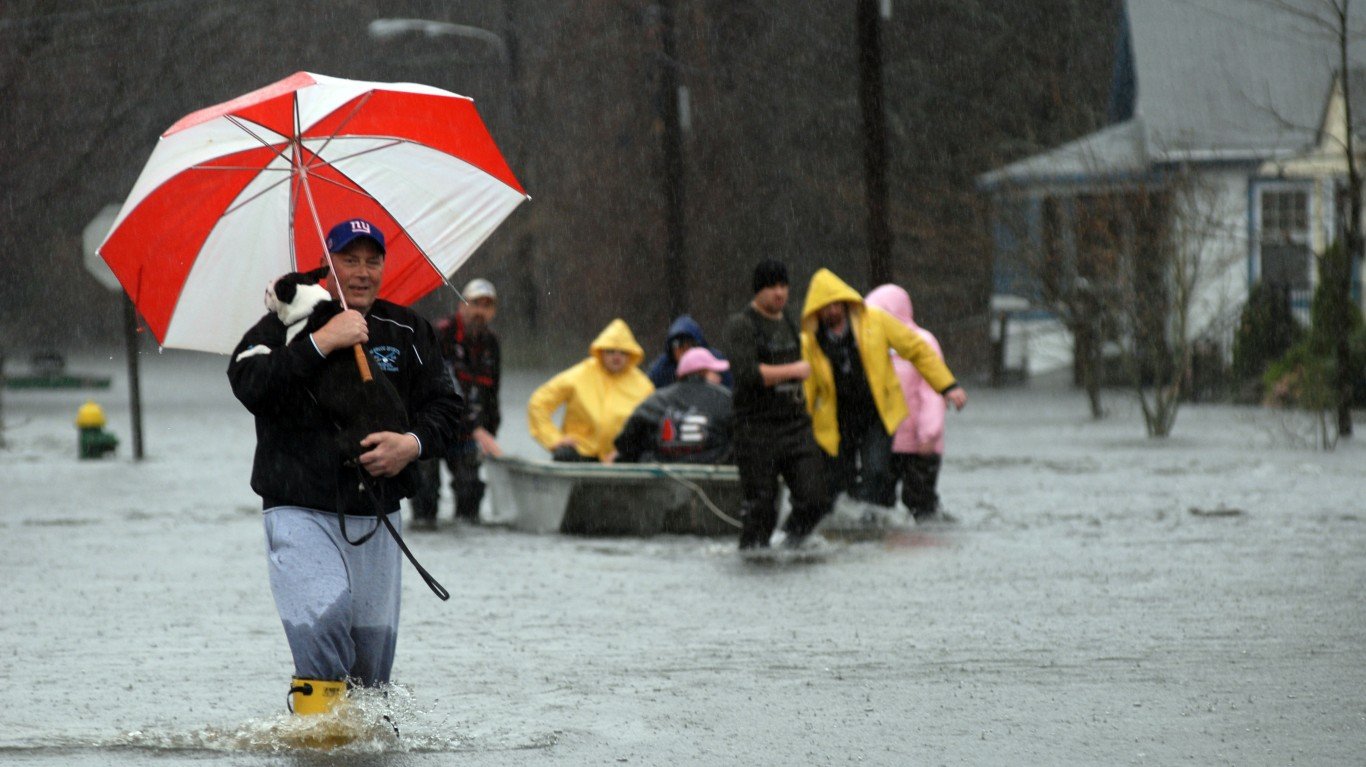

If any American went back a month in a time from the middle of March, things were still chugging along just fine. The stock market was at all-time highs, the Federal Reserve was satisfied that the economy was fine, and many families were still planning their Spring Break trips with their families. As the coronavirus began to spread rapidly outside of China, that all started to change quickly and now stocks entered a bear market (20% correction), the Fed has issued an emergency rate cut, and the World Health Organization finally admitted that the COVID-19 outbreak is a pandemic.
It turns out that the so-called “Doomsday Preppers” have more than a lesson or two for the American public that may help navigate through at least some of the impact of the coronavirus outbreak. The prepper community has seen its share of mixed views over the last decade, but it has been widely reported that prepper sites and stores which cater to preppers have seen a big jump in business. In fact, many stores in America have sold out of toilet paper, bleach wipes, hand sanitizers and so on.
The U.S. Centers for Disease Control and Prevention (CDC) had previously warned that it’s likely a “when rather than if” scenario for expectations of an outbreak in the public in the United States. The cases have become much more widely known now, with schools being closed, companies adopting a work-from-home policy, sporting events seeing entire seasons interrupted, business conferences canceled, and public events being canceled. There is now even a flight ban to and from Europe.
The public has every right to be concerned about the coronavirus, even as there are many people who debate just how deadly the virus is. The doomsday preppers offer some useful lessons from the not-so-distant past for those who are actually worried about the coronavirus coming into their home.
24/7 Wall St. looked back at our coverage of preppers from the past decade and applied some of the thoughts and procedures that would apply during a pandemic.
Doomsday prepping is far from being a new phenomenon, and concerns over viral outbreaks and pandemics are not new either. There are still many homes and many buildings throughout America that have built-in bomb shelters from the Cold War era. Some Americans have built remote shelters in more modern times to protect their families from societal threats. The U.S. Congress even built a government relocation site at the famous Greenbrier Resort as an alternative site.
Before considering doomsday preppers might be too extreme for the coronavirus scenario, not all doomsday preppers are alike and some of the past efforts from 2010 or before may not apply in 2020. Some preppers have feared a global economic meltdown. Some have feared a totalitarian takeover or more widespread terrorism of various sorts. Others just fear mass unrest. And, yes, some preppers have feared pandemic outbreaks that would include or even be worse than the modern COVID-19 pandemic.
The very first lesson for America is to observe is what took place in China during January and February. The city of Wuhan was locked down, cutting all travel in and out. Workers were told to stay home, and many could not get to where they needed to go. Airlines stopped flying in and out of China for the most part. The travel industry was gutted, and the manufacturing report for February was the worst one ever recorded since they started keeping records.
Extreme survivalists within the prepping community would keep “bugout gear” or a “bugout bag” handy that goes well beyond a suitcase, backpack and tent. Many preppers keep gold and silver stashed away, and gold had risen from under $1,500 per ounce at the end of 2019 to as much as $1,700 before backing off sharply. Many preppers also keep guns, knives and ammunition handy. Preppers are also known to keep a stockpile of basic medical supplies and nonperishable food, water and cooking supplies. Preppers are also known for owning generators and other electronic gear.
Air travel is already facing massive disruption. The flow of goods around the United States could face delays or come to a halt (see the ISM’s survey about supply chain disruptions). Hospitals and medical facilities could become overwhelmed. Many more factories and offices could be closed. More schools could be closed, and mass gatherings and most public events could be canceled. Before this sounds overly alarming, many of these efforts have already been announced.
It is becoming more and more real that the United States and other nations see their populations become stuck at home with literally no place to go. Assuming shelter is already accounted for, there are many basics that preppers could teach the public as almost every industry has now faced issues from the spreading of the COVID-19 outbreak.
Thank you for reading! Have some feedback for us?
Contact the 24/7 Wall St. editorial team.
 24/7 Wall St.
24/7 Wall St.


